Introduction
One of the sectors that provide brand engagements and experience through live videos on social media is Basketball. Such organizations produce audio-visual content to their supporters and fans that drive their marketing capabilities (Nies, 2013). As such, online marketers and communication strategists often apply the principle of psychology established by Yacco (2016) to convey desirable video series on diverse social media platforms. To understand the process of creating demand through YouTube, the following paper adopts a fictitious set to depict the use of psychological principles for conceptualization and creation of weekly live videos on YouTube.
Xavier’s communication marketer intends to release weekly live video series on YouTube. The series is designed to inform the club’s supporters and fans about its new products. To create a higher demand for the services, the management intends to make fan engagement through YouTube channels depicting the players with the merchandise.
Risky Decisions and Mental Shortcuts
To produce relevant information that inspires fans and supporters, risky decisions and mental shortcuts are involved. Therefore, the club’s key role is to guarantee that the fans will be at a better position when they subscribe to their TV service than visiting other online channels for exclusive Xavier games. According to Yocco (2016), uncertainty or time limits may make individuals use mental shortcuts known as heuristics, thus lowering the energy spent in the decision-making process. In this regard, the communication and media strategists need to factor in such doubts accordingly.
Factors Affecting Decision Making Process
There are five factors in the decision-making process required for substantive web designing. Yocco (2016) highlights such factors as a reference point, loss aversion, certainty effect, disposition effect, and purchase of insurance and warranties as to the five key factors that impact people’s decision. The factors are as discussed below.
- Reference point. This is the start of a decision-making process for an individual who is uncertain of choice to make (Valos et al., 2017). For instance, X is a basketball fan supporting Xavier club, who is unsure whether to subscribe to the Xavier TV series to lack enough information on the products and services on board.
- Loss aversion. Because X does not know the existing products and services, she may end up signing for the TV service just to have a “taste” of the video series, thus assigning more significant value to losses than gains.
- Certainty effect. It encompasses making a decision that guarantees success and positive outcomes. In essence, individuals may make decisions that are risky with positive results. Hence, X will subscribe to the Xavier TV service because she is confident she will gain more value than not watching the live videos.
- Disposition effect. When the gain is assured, people often subscribe to it too quickly. However, when the achievement is not certain, X will be reluctant to subscribe to the videos, thus postponing signing up to the online services.
- Purchase of insurance and warranties. People enter into insurance covers and guarantees because they expect there is always a chance of losses or suffering when paying for certain services. In this case, X overweighs the possibility of suffering a loss by paying the subscription fee for the unlikely event of failure of the video services.
Six Heuristics for Web Design
Heuristics are used in the decision-making procedure to evaluate results and in questioning certain choices made. In psychology, heuristics have used a problem-solving method through evaluation and critical appraisal of processes (Yocco, 2016). In the context of this post, the Cleveland Cavaliers basketball club will be used to discuss the six heuristics in conceptualizing effective virtual communication.
Availability heuristic
According to Xiao, Wang, and Chan-Olmsted (2018), relevant products or services can be supplied to users by addressing the availability heuristics through assigning the greatest value to the expected result. In this regard, Cleveland Cavalier’s post (see Figure 1) is used to remind fans and supporters of how the trademark, Cleveland Cavaliers is a top brand by showing the best basketball skills produced by its players.
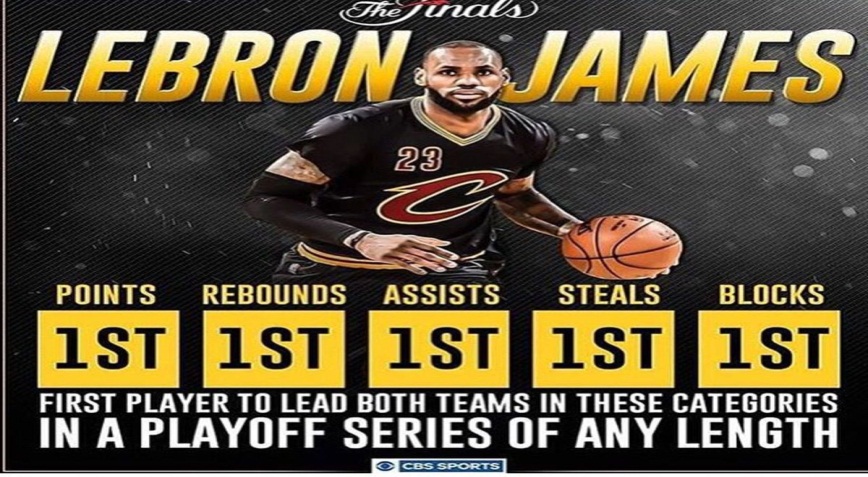
Emotional heuristic
Yocco (2016) posits that emotions precede thoughts and actions; hence providing corresponding feelings with the type of information needed by the brand is vital. In the below videos series (see Figure 2), a video of LeBron James is used to create an emotional message when Cleveland Cavaliers won the 2016 National Basketball Association (NBA), assuming that the post was published to drive an emotion towards the expectation of winning another NBA this year.

Familiarity heuristic
According to Yocco (2016), familiarity heuristics is described as the notion in which the past events are perceived to might happen in the present. In this case, the video (see Figure 3) of the Cleveland Cavaliers outscoring the Golden Warriors can be used before a repeat match between the two NBA clubs.
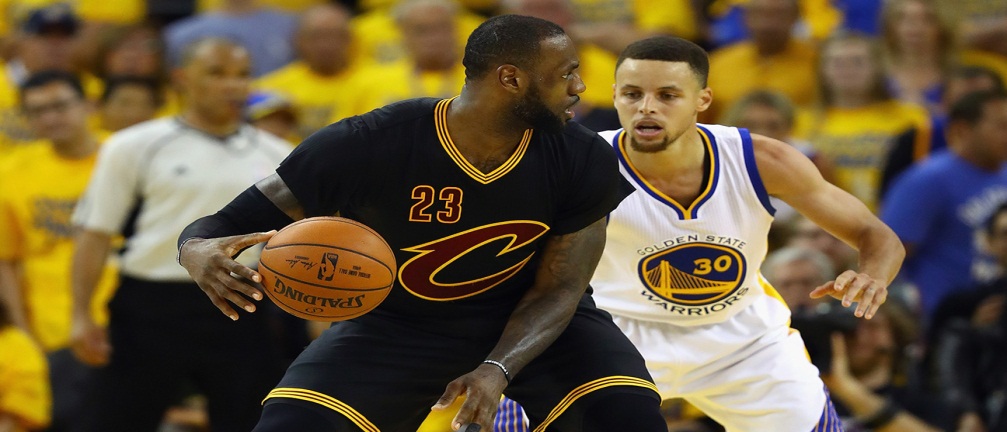
Escalation of commitment heuristic
Yocco (2016) posits that the intensification to obligation is similar to such responsibility as the sunken cost commitment, which articulates that when a person remains committed to something because of time invested, such people will want to see off the end of their investments. In the video (see Figure 4), if one has been following up the rumors of the signing of LeBron James by the Cleveland Cavaliers, then such persons would want to see how the story ends given the amount of time invested.
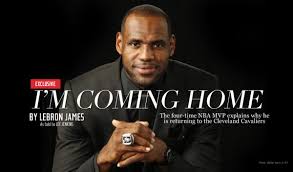
Scarcity heuristic
The scarcity heuristic is based upon such diverse dimensions as the feeling of belonging to an exclusive movement. Yocco (2016) establishes that there is a high probability for users to engage in such actions that make them a part of a select movement. For instance, a picture with a mass movement can be created by Cleveland Cavaliers to drive traffic because of its massive following on social media platforms (see Figure 5).

Stereotypes
The use of social media varies from one person to another in a diverse entity. According to Yocco (2016, p. 63), “stereotypes are heuristics” and can be used in social media marketing to drive traffic from diverse locations and fans. In the case below (see Figure 6), the Cleveland Cavaliers use its massive following to show how different celebrities love its players.

Desired Behaviours
Desired behaviour is created through the means of motivation and ability. Yocco (2016) notes that, for certain actions to happen, inspiration, aptitude, and trigger in a person must be encouraged and possess the capability to participate in such activities. The picture (see Figure 7) depicts the model.
Motivation
Enthusiasm increases the desire to want to do more and perform better. Yacco (2016) notes that an individual may be motivated by (a) an opportunity that allows the feeling of pleasure and reduction of pain, (b) the elevation of hope and decrease of fear. The picture below (see Figure 8) shows how motivation can be applied to send a message to fans.
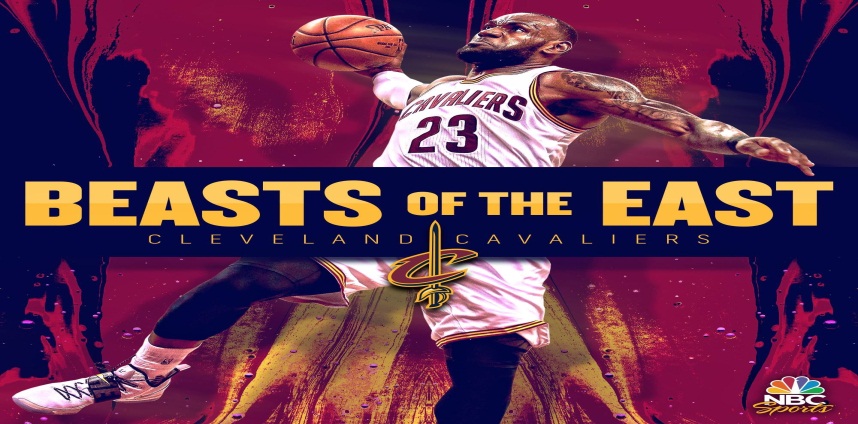
Ability
For an individual to complete a task, they need the ability to do so. In this case, such contributing factors as time, financial power, physical capacity, mental ability, social suitability, and routine are required. For instance, the TV service with the weekly video series can be used to allow the followers and fans to access certain communication links, though with the ability to navigate through the user profiles. Yocco (2016, p. 80) notes, “Good user experience respects the time and effort a user needs to spend to learn and use a product.”
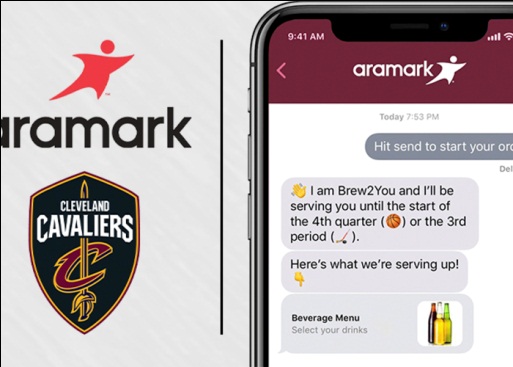
Influence
For an influence to be active, motivation and ability need to have extended to a certain critical mass of followers. According to Lou and Yuan (2019), accessible signals are required for a task to be engaging. In this case, three forms of influence are necessary, as highlighted by Yocco (2016). They include an influencer to help create an engagement action, a spark to motivate a person, and such signals as a call-to-action are vital (Lister et al., 2009). The video below (see Figure 10) indicates how the above triggers can be applied in the context of the Cleveland Cavaliers, who are in the business of wanting to get a message to the fans.
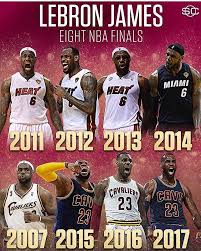
Conclusion
In conclusion, the process of creating demand through YouTube adopts the use of psychological principles for conceptualization and creation of weekly live videos on YouTube. In this case, risky decisions and mental shortcuts produce relevant information that inspires fans and supporters in desired behaviors for positive outcomes. Therefore, such selected decisions require motivation and the ability to trigger or influence a product or service, as discussed in the paper regarding Xavier, based on the Cleveland Cavaliers’ fictitious videos.
References List
Lister, M., Dovey, J., Giddings, S., Grant, I. And Kelly, K., 2009 New Media. 2nd ed. Hoboken: Taylor and Francis.
Lou, C. and Yuan, S., 2019 ‘Influencer marketing: how message value and credibility affect consumer trust of branded content on social media’, Journal of Interactive Advertising, 19(1), pp.58-73.
Nies, M. (2013) ‘Photography – Referentiality, Meaning and Cultural memory’, in Krah H. and Titzmann, M. (eds) Media and communication: An interdisciplinary introduction. Passau: Stutz, pp. 291-323.
Valos, M.J., Maplestone, V.L., Polonsky, M.J. and Ewing, M., 2017 ‘Integrating social media within an integrated marketing communication decision-making framework’, Journal of Marketing Management, 33(17-18), pp.1522-1558.
Xiao, M., Wang, R. and Chan-Olmsted, S., 2018 ‘Factors affecting YouTube influencer marketing credibility: A heuristic-systematic model’, Journal of Media Business Studies, 15(3), pp.188-213.
Yocco, V. S. (2016) Design for the Mind: Seven Psychological Principles of Persuasive Design, 1st ed., Shelter Island: Manning Publications.